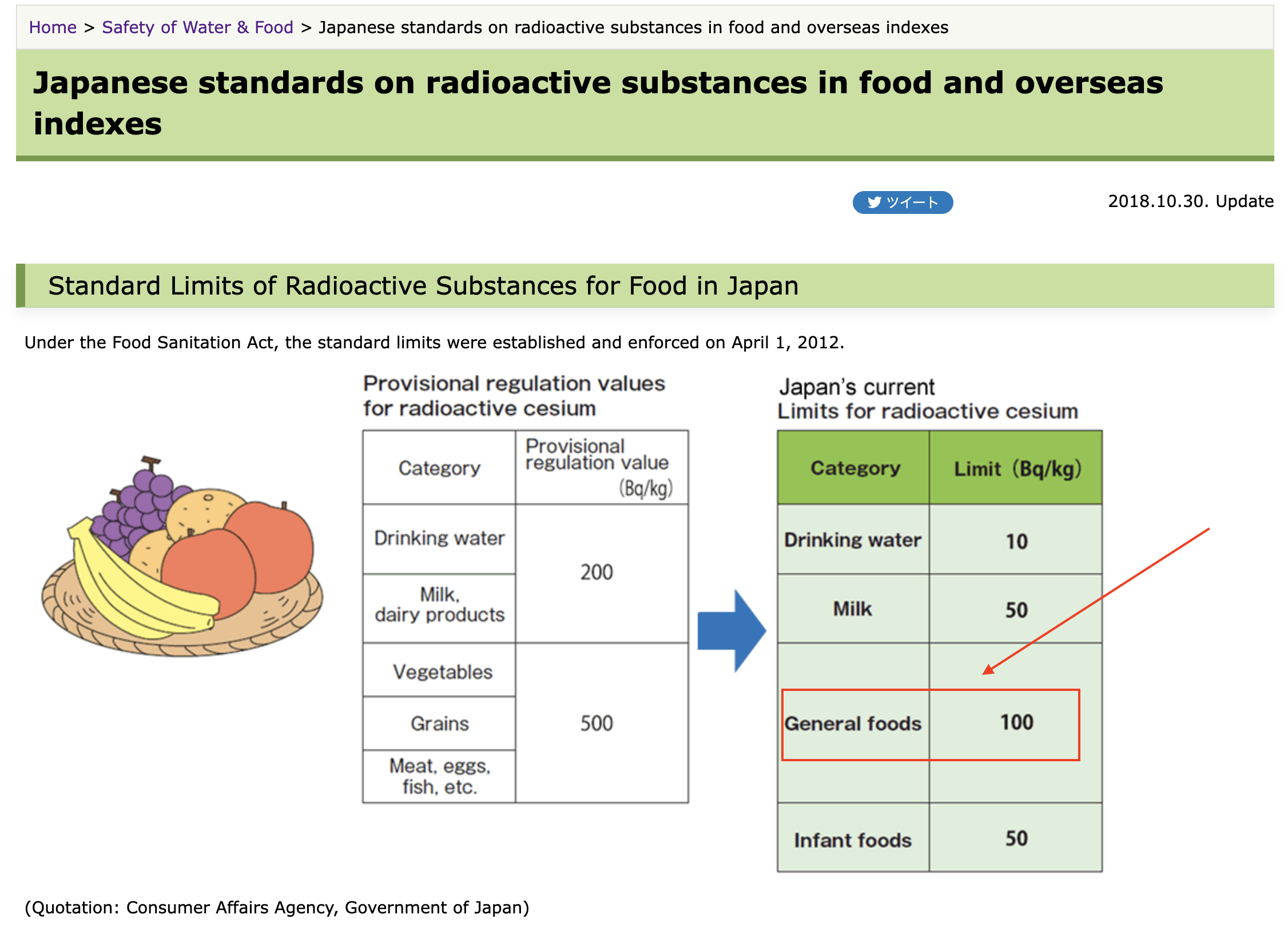The radioactive elements in the marine fish caught in the harbor of the Fukushima Daiichi Nuclear Power Plant in Japan far exceed safety levels for human consumption, according to a report issued by the plant's operator Tokyo Electric Power Company (TEPCO) on Monday. In particular, the data released show that the content of Cs-137, a radioactive element that is a common byproduct in nuclear reactors, is 180 times that of the standard maximum stipulated in Japan's food safety law.

Screenshot of Tokyo Electric Power Company's report on the radioactive content in fish in the harbor of the Fukushima Daiichi Nuclear Power Plant in Japan. /CGTN
Screenshot of Tokyo Electric Power Company's report on the radioactive content in fish in the harbor of the Fukushima Daiichi Nuclear Power Plant in Japan. /CGTN
CGTN downloaded the English version of the report available on TEPCO's official website. According to the data, the sampled black rockfish contains the radioactive element Cs-137 with a content of 18,000 becquerels per kilogram. Data available on the website of Fukushima Revitalization Station run by Japan's Fukushima prefectural government shows that Japan's current limit of radioactive cesium in general food which contains fish is set at 100 becquerels per kilogram.

Screenshot of Standard limits of radioactive substances for food in Japan, obtained from the website of Fukushima Revitalization Station run by Japan's Fukushima prefectural government. /CGTN
Screenshot of Standard limits of radioactive substances for food in Japan, obtained from the website of Fukushima Revitalization Station run by Japan's Fukushima prefectural government. /CGTN
According to the report, the location where the sampled fish was caught is at the port area of Units 1 to 4 of the Fukushima Daiichi Nuclear Power Plant, where a breakwater is built and nuclear wastewater with a high concentration of radioactive substances flows in. TEPCO said it will set up multiple protective nets to prevent fish from swimming out of the harbor.
A Chinese news website sina.com.cn quoted experts noting that the radioactive elements in the nuclear wastewater could penetrate into fish, shrimp and other seafood, and later accumulate in the human body after consumption.
A magnitude 9.0 quake on March 11, 2011, triggered a massive tsunami that destroyed the plant's power supply and cooling systems, causing reactors No. 1, 2 and 3 to melt and spew large amounts of radiation. Water used to cool the reactors' cores leaked into the basements of the reactor buildings and mixed with rainwater and groundwater.
Now, 12 years after the triple reactor meltdowns, Japan is preparing to release the massive amount of treated radioactive wastewater into the sea later this summer.
TEPCO on Monday started sending seawater into an underwater tunnel to be diluted before releasing the nuclear wastewater into the ocean. The company said that all facilities for the water release system are expected to be completed by the end of this month.
Local fishing communities say their businesses and livelihoods will suffer still more damage. Neighboring countries such as China and South Korea and Pacific Island nations have raised safety concerns. Environmental groups including Friends of the Earth oppose the release.
(With input from AP; cover image via VCG)
(If you want to contribute and have specific expertise, please contact us at nature@cgtn.com.)